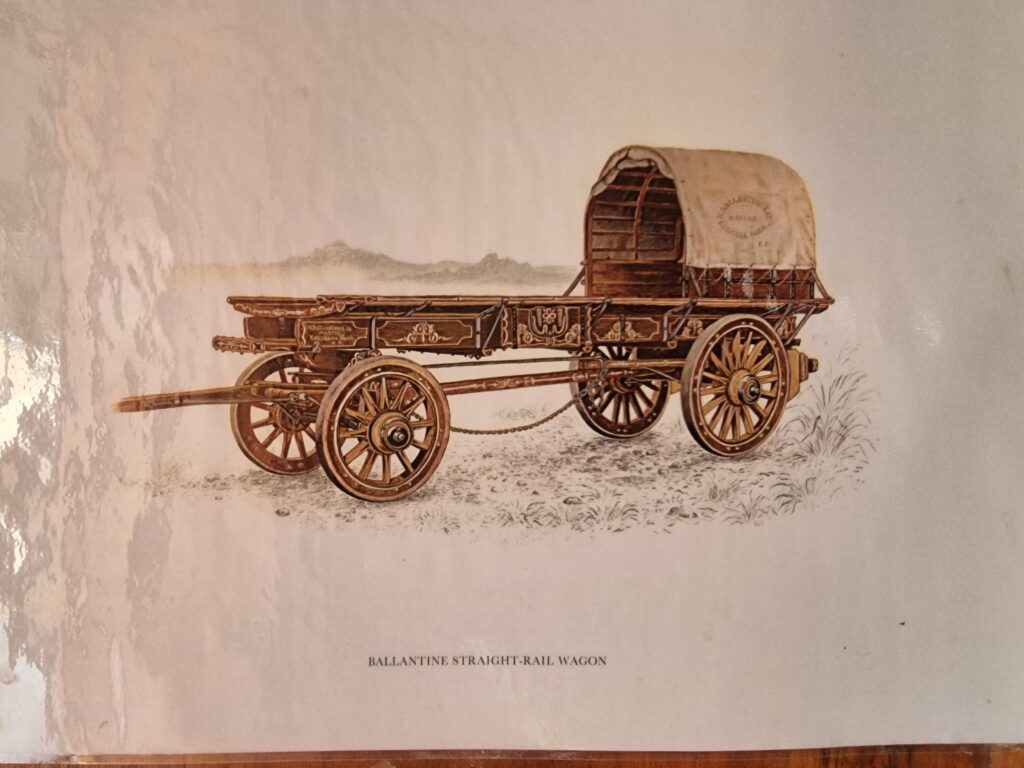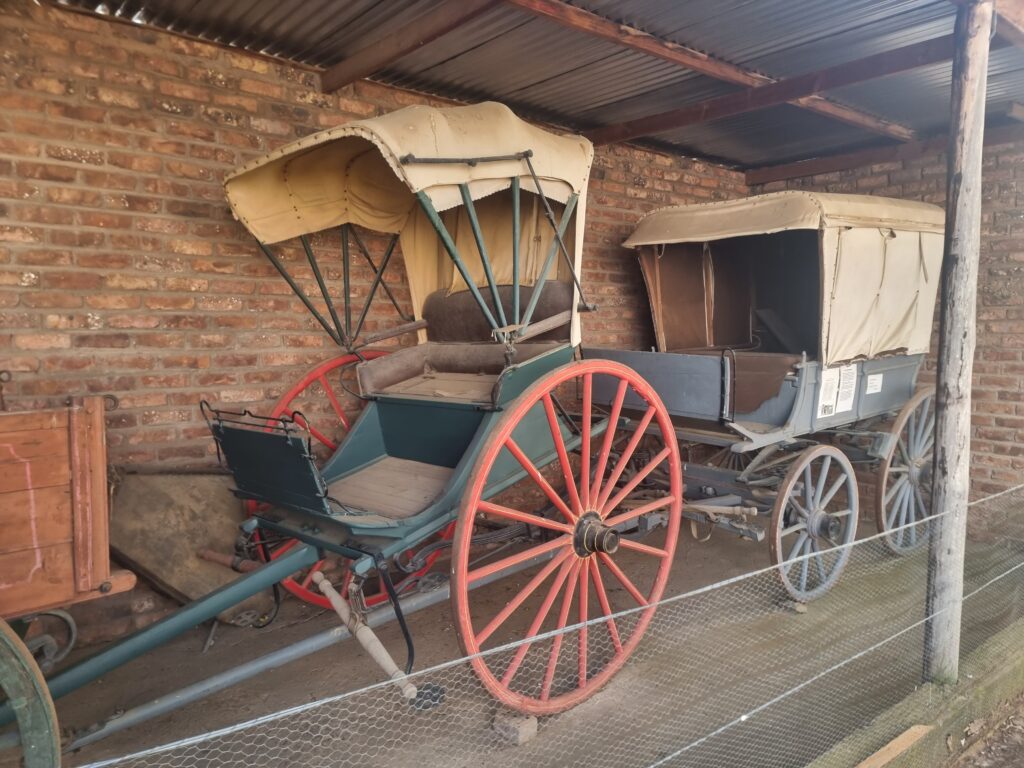
The Mighty Ox Wagon and the first Uber Drivers in South Africa
As promised, this is the follow up post to my visit to the eastern cape learning about the significance of Port Alfred and the 1820’s settlers being taxied up to Grahamstown. Traveling across South Africa, I’ve learnt a lot about its rich history, in this case I couldn’t help but be impressed by the cleverness and ingenuity of the people who moved through this tough land long before we had all the modern comforts. Sure, today we zoom along smooth highways at 120 km/h, but back then, the ox wagon was the main way to get around—our very own “taxi service” on wooden wheels.
Let’s go back to a time when the idea of cars and engines didn’t exist. The ox wagon wasn’t just a way to travel; it was a lifeline, a strong vehicle that carried not only goods but entire families across rivers, over mountains, and through some of the roughest terrains you can imagine. And unlike our comfy cars today, there were no shocks to make the ride smooth. Every bump, rock, and hole in the ground was felt by everyone on board. Imagine hitting a speed bump at 1 km/h with no suspension—yep, that was the ox wagon experience!

One particular ox wagon that stood out in this history was the famous blue-colored one made by Gert Maritz. This wasn’t just any wagon; it was like the Rolls-Royce of its time, a sign of quality and skill. Maritz, a smart businessman, didn’t just build wagons; he built wealth. His blue wagons became well-known, and they were as easy to spot on the open veld as a luxury car on the highway today. You wanted to make a good impression? You arrived in a Maritz blue ox wagon. Maritz didn’t just build wagons; he built an empire. These wagons transported not just families and goods but also hopes and dreams across the vast landscapes of Southern Africa.

But the ox wagon wasn’t just for the famous Trekboers moving inland to find better land to graze and live on for their survival. These wagons were also the “taxi” for Europeans traveling through the land. In the 1820s, when British settlers arrived at Port Alfred, they didn’t just hop into a cozy car to get to their new homes in Grahamstown (then called Albany). Instead, they were transported in ox wagons—a rough, bone-shaking journey that must have made them miss the smooth seas they had just crossed.


The Trekboers, ever resourceful, saw an opportunity here. While still managing their farms, they offered their ox wagon services to transport settlers from the coast up to Grahamstown. It was a win-win: they didn’t need to be on the farm all the time, and the settlers needed a lift—so, they made some extra income! The Trekboers not only helped expand trade routes and settlements but also turned the long commute into a profitable business. Back then, the placement of towns was often determined by how far an ox wagon could travel in a day, but it was also driven by trade routes. As expansion into the interior took place, particularly during movements like the Great Trek, the need for goods to be traded from coastal areas like Algoa Bay into the heart of the land became crucial. These trade routes shaped the locations of many small towns, which might seem randomly placed today but were actually strategic stops based on the limits of ox-wagon travel and the flow of commerce.
Now, let’s talk about the time it took these wagons to cover distances. Today, driving 100 km might take us about an hour, but back then, that same journey could take an ox wagon a week! And for a quick 10 km trip to the shops? Forget a few minutes—it would have taken a whole day or more. Can you imagine? “I’ll just pop out to the store, be back tomorrow evening!” But at least you had plenty of time to enjoy the scenery.
On a more serious note, ox-wagons played a crucial role in the formation of the Laager, a defensive tactic used by the Voortrekkers and other settlers during battles in South Africa. The Laager involved arranging the wagons in a circle or semicircle, creating a strong barrier that provided protection against attacks from indigenous groups such as the Zulu, Ndebele, and Xhosa. This tactic proved essential in several key battles, including the Battle of Blood River (1838) against the Zulu, where Andries Pretorius and his men successfully defended themselves using a laager, and the Battle of Vegkop (1836) against the Ndebele under Chief Mzilikazi. Even in the Battle of Italeni (1838), although a defeat, the formation of a laager during retreat helped prevent total disaster against the Zulu forces. These makeshift barriers, built from the very wagons that transported the settlers, became vital for defense, showcasing the adaptability and resourcefulness of the early settlers in using their available resources for both travel and protection.
So, what’s the point? We’ve come a long way in transportation, but the ox wagon deserves to be remembered as one of the most important vehicles to ever roll across Southern Africa. It’s a story that isn’t told often enough, but it’s worth sharing, even if it’s just to remind us how lucky we are today. And who knows, maybe the next time you hit a pothole, you’ll smile, thinking about those early settlers and their bumpy rides in the mighty ox wagon.







